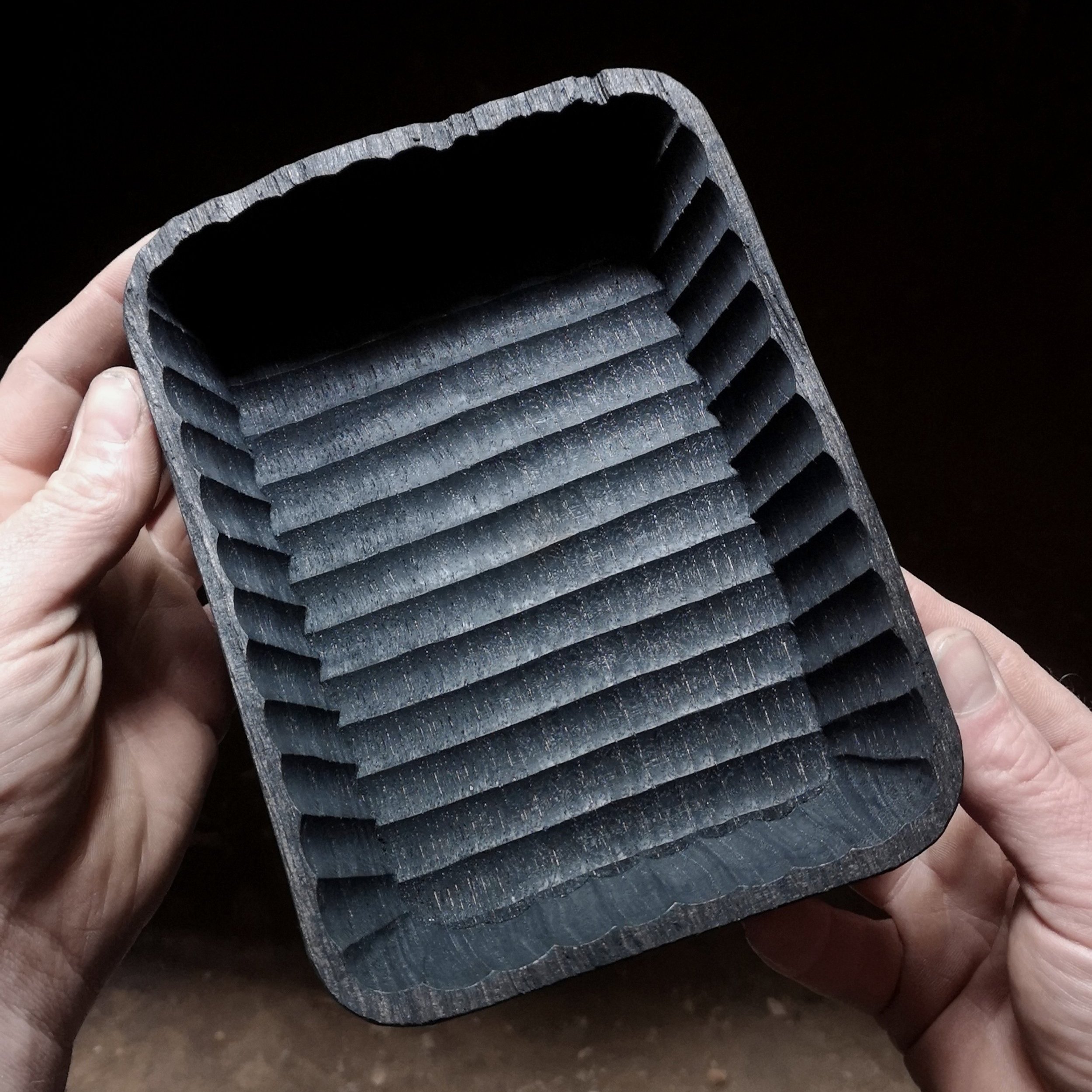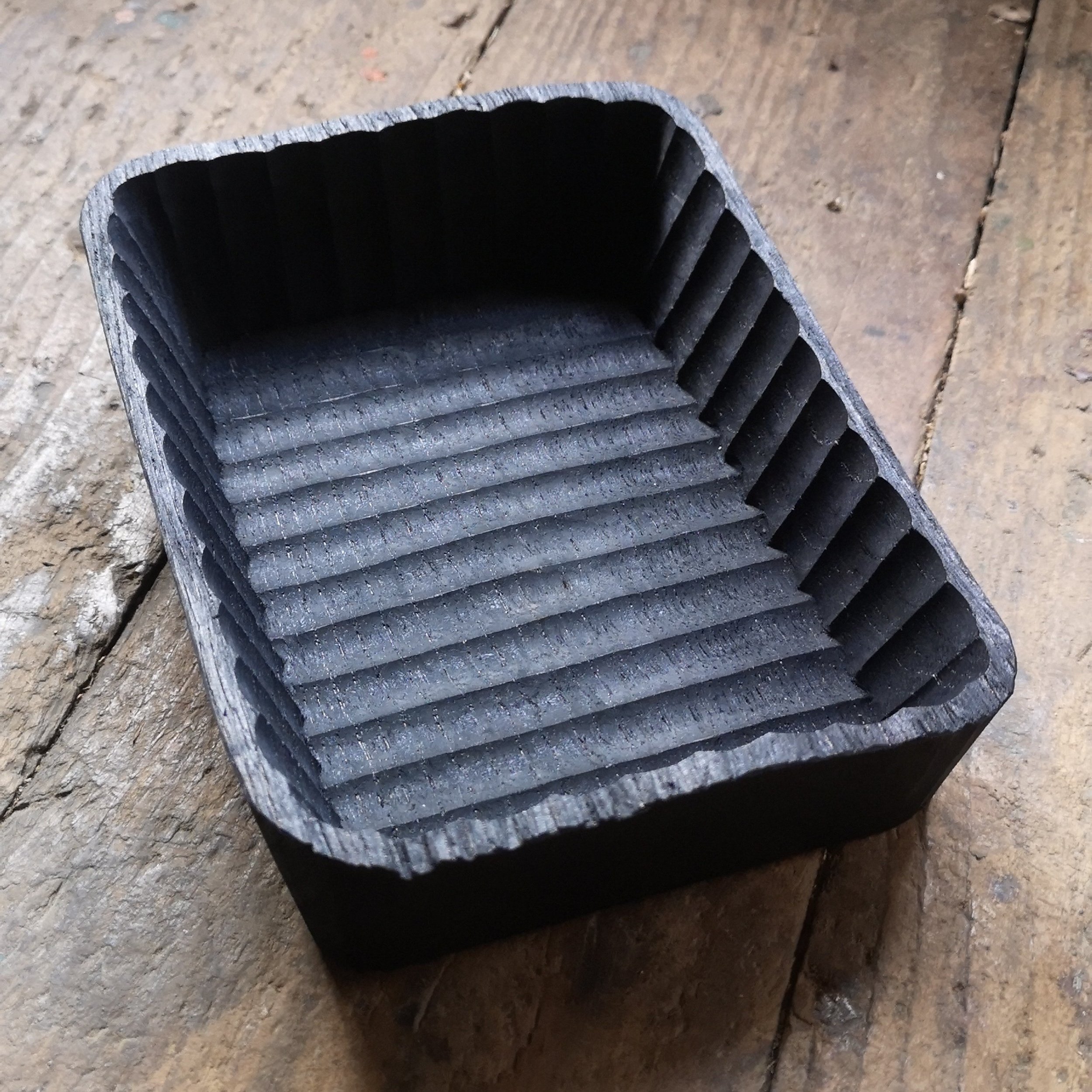Woodenware is made to be used. Properly cared for it will develop a beautiful natural patina over time and should give many years of service. Items should be hand washed in warm soapy water and left to dry over draining board. Woodenware should not be left to soak and should not go in the dishwasher!
Many of the pieces I make are finished with food grade oils/waxes which harden and cure to seal and protect the wood. To revive and freshen up the wood an occasional wipe of any suitable food safe oil can be applied. Wood is fickle by nature, and is very susceptible to moisture changes within the environment. Ideally woodenware should be used regularly and extreme environmental moisture variations should be avoided.





